Selendi Sarnıç Viognier Chardonnay
In November I attended another wine tasting lead by Şarap Atölyesi’s Murat Mumcuoğlu at the Historic Pano Wine House in Istanbul. We tasted eight wines all by winemakers Paşaeli and Selendi; one of which was the 2015 Selendi Sarnıç Viognier Chardonnay. Selendi is one of Turkey’s Aegean wineries located in the Akhisar district of Manisa (outside Izmir). The name of this wine, Sarnıç, is actually the name of the specific vineyard. It is not uncommon for winemakers here to name wines after the villages where the vineyards are. Selendi has three vineyards in Sarnıç (Sarnıç I – III). It’s in Sarnıç III where they have grown their Viognier and Chardonnay grapes since 2009.
Read More












